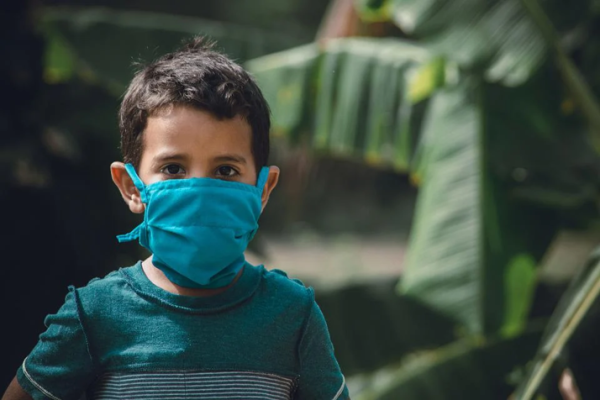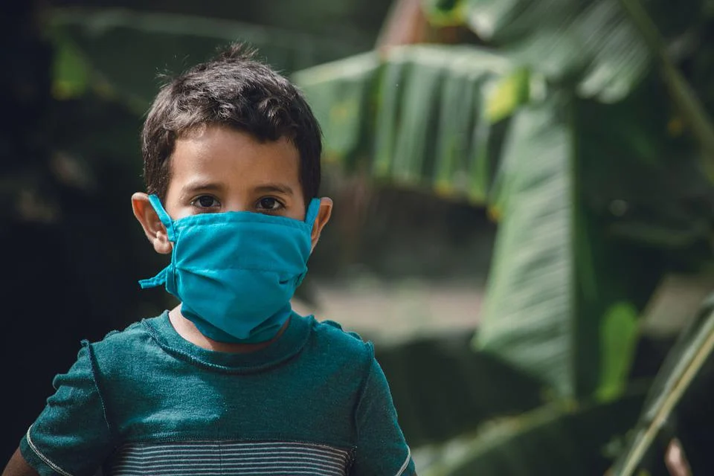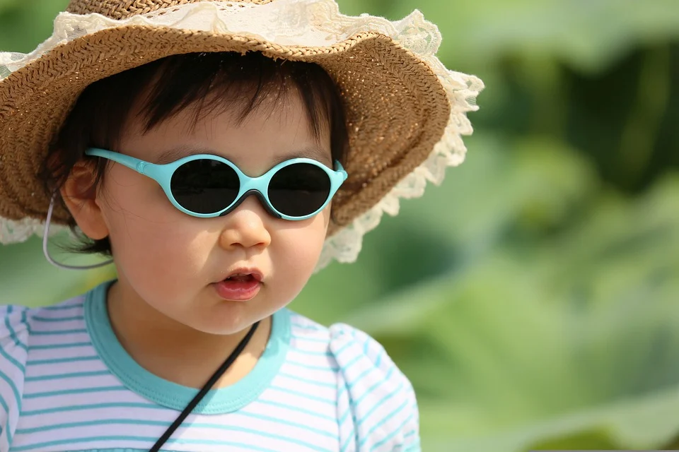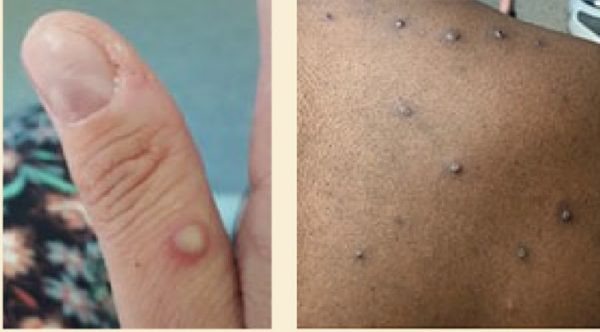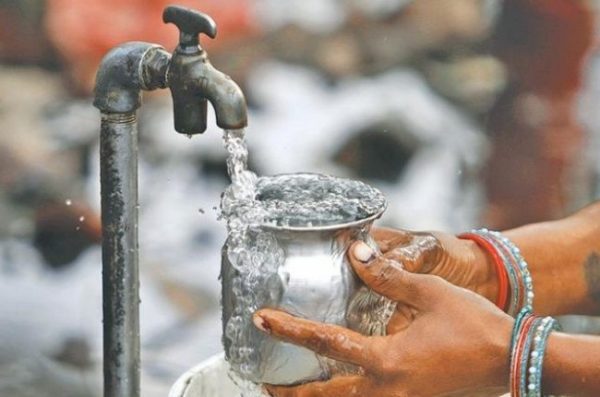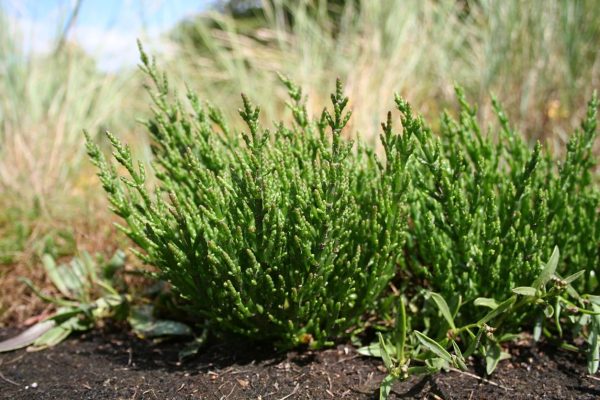Cases of monkeypoxes are at raise in US and other countries. Center for disease control has issued some important guidelines to school going children as well as public to protect themselves from the disease. What are symptoms and how the disease spreads? What precautions we must undertake to stop spreading the monkeypox? (To read details of monkeypox symptoms please click here). Recent Health alert and guidelines from CDC especially for school going Teens and young adults are below:
Understanding symptoms:
• If you get monkeypox, you may have fever, chills, sore muscles, headache, or tiredness and then get a rash.
» Sometimes, you may get a rash first, followed by other symptoms.
» You might only get a rash without having the other symptoms. The rash may look like pimples or blisters.
» The rash is usually on the face, inside the mouth, and on other parts of your body like your hands, chest, and genitals.
• Even though you should get better in 2-4 weeks, you should see a healthcare provider as soon as you get symptoms that could be from monkeypox.
• If you have a weakened immune system (from HIV, cancer, an organ transplant, or other reason), are pregnant, or have other skin problems like eczema, you may become more severely ill from monkeypox.
How do you get monkeypox? Monkeypox does not spread easily between people.
You can get monkeypox from close, skin-to-skin contact with a person who has a rash or scabs from monkeypox.
» For example, this can include during hugging, cuddling, a massage, or close contact sports.
• It also includes contact with spit droplets during close conversation and kissing.
• It can also spread through sexual contacts including touching the genitals, and oral, anal, or vaginal sex.
• You can also get monkeypox from contact with objects, fabrics (clothing, bedding, or towels), and surfaces that have been used by someone with monkeypox.
What can I do to protect myself?
The best way to protect yourself from monkeypox is to avoid skin-to-skin contact with anyone who has a rash that looks like monkeypox.
What should I do if I think I have monkeypox?
If you have a new or unexplained rash or other symptoms of monkeypox, see a healthcare provider or your school health clinic. You can also visit a public health clinic. A public health clinic can be a good option if you don’t have a regular doctor or insurance. Let the doctor or nurse know you are worried about monkeypox.
If you think you have monkeypox, cover all parts of the rash with clothing, gloves, or bandages, and wear a mask.
Remember to:
• Avoid touching anyone until you have been to the doctor.
• If your test result is positive, follow your healthcare provider’s recommendations.
• Wash your hands often and try not to touch your eyes. If you wear contact lenses, wear glasses instead, if possible, to avoid infecting your eyes.
• Stay in a space away from others until your rash has healed, all scabs have fallen off, and a fresh layer of intact skin has formed. This may mean wearing a mask around others in the place you live and cleaning and disinfecting frequently.
• You should try to avoid contact with pets and with people who are more likely to get very sick, like children under 8 years old, people who are pregnant, and people who have weakened immune systems or certain skin conditions.
If I have questions, who can answer them?
If you have questions and feel comfortable, talk to a parent or other trusted adult.
It’s important to talk honestly with a healthcare provider about any concerns you may have about monkeypox, especially if you know you spent time with someone who had monkeypox. You can request time alone with a healthcare provider at your next visit to discuss your concerns in private.
If you are sexually active, talk to your partner about any recent illnesses. Be aware of any new or unexplained rashes on your body or your partner’s body, including the genitals and butt. If you or your partner have recently been sick, currently have symptoms of monkeypox, or have a new or unexplained rash, do not kiss, cuddle, hug and stop any type of sexual activities.
What should I do if I think I have monkeypox?
If you have a new or unexplained rash or other symptoms of monkeypox, see a healthcare provider or your school health clinic. You can also visit a public health clinic. A public health clinic can be a good option if you don’t have a regular doctor or insurance. Let the doctor or nurse know you are worried about monkeypox.
If you think you have monkeypox, cover all parts of the rash with clothing, gloves, or bandages, and wear a mask.
Remember to:
• Avoid touching anyone until you have been to the doctor.
• If your test result is positive, follow your healthcare provider’s recommendations.
• Wash your hands often and try not to touch your eyes. If you wear contact lenses, wear glasses instead, if possible, to avoid infecting your eyes.
• Stay in a space away from others until your rash has healed, all scabs have fallen off, and a fresh layer of intact skin has formed. This may mean wearing a mask around others in the place you live and cleaning and disinfecting frequently.
• You should try to avoid contact with pets and with people who are more likely to get very sick, like children under 8 years old, people who are pregnant, and people who have weakened immune systems or certain skin conditions.
If I have questions, who can answer them?
If you have questions and feel comfortable, talk to a parent or other trusted adult.
It’s important to talk honestly with a healthcare provider about any concerns you may have about monkeypox, especially if you know you spent time with someone who had monkeypox. You can request time alone with a healthcare provider at your next visit to discuss your concerns in private.
Regarding treatment: Currently, there is no specific treatment approved for monkeypox virus infection. However, there are antiviral medications that can be used to treat smallpox and other conditions that may help patients with monkeypox infection.(NIAID)
For more on monkeypox please visit: www.cdc.gov
Image credit: This image provided by the National Institute of Allergy and Infectious Diseases (NIAID)
